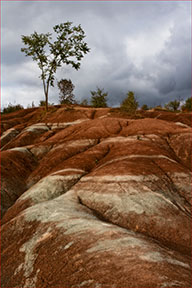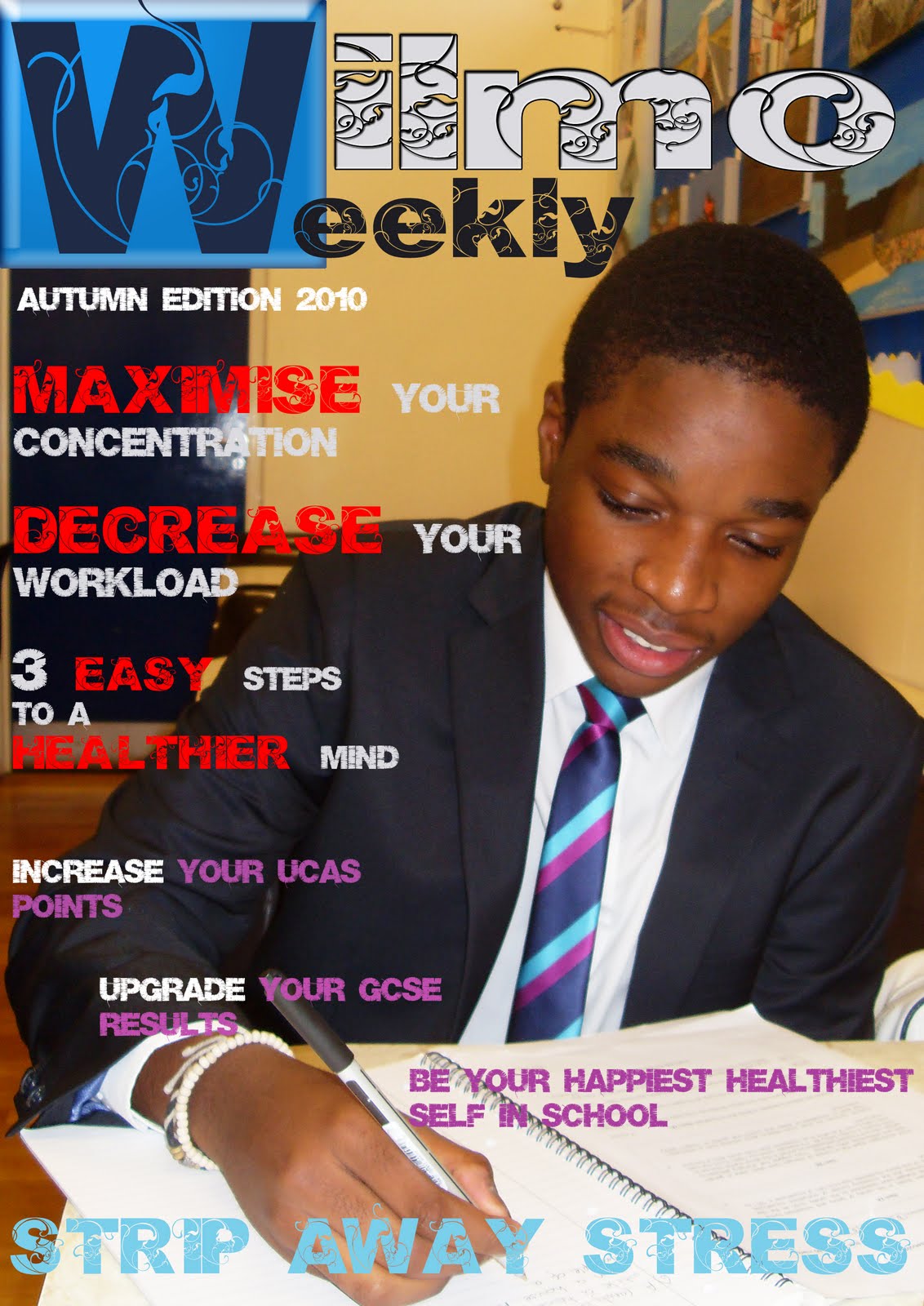 The rule of thirds is when photos are split up into thirds with two imaginary lines vertically and two imaginary lines horizontally. This creates three rows and three columns which splits the image up into nine sections. The rule of thirds is a photographic composition. It origins from the theory that an audience is drawn to the intersection points when photos are split into thirds.
The rule of thirds is when photos are split up into thirds with two imaginary lines vertically and two imaginary lines horizontally. This creates three rows and three columns which splits the image up into nine sections. The rule of thirds is a photographic composition. It origins from the theory that an audience is drawn to the intersection points when photos are split into thirds.This is an example of what the imaginary lines would look like. The rule of thirds is used in a variety of different photo compositions such as portrait images and landscape images.
 When using this rule in a landscape composition the horizon line should either be positioned near the upper horizontal line or the lower horizontal line. Where the horizon is positioned in terms of which horizontal line; will depend on what the photographer wants the focus of the photo to be. For example if the photographer wanted the focus to be the sky, the horizon will be positioned on the lower horizontal line. If the focus was going to be on the land rather than the sky, the horizon would be positioned on the upper horizontal line. This is an example of the rule of thirds being used in a landscape image, the main focus of the photo is the land as the horizon has been positioned near the upper horizontal line resulting in majority of the image being the land and drawing the attention of the audience towards the land.
When using this rule in a landscape composition the horizon line should either be positioned near the upper horizontal line or the lower horizontal line. Where the horizon is positioned in terms of which horizontal line; will depend on what the photographer wants the focus of the photo to be. For example if the photographer wanted the focus to be the sky, the horizon will be positioned on the lower horizontal line. If the focus was going to be on the land rather than the sky, the horizon would be positioned on the upper horizontal line. This is an example of the rule of thirds being used in a landscape image, the main focus of the photo is the land as the horizon has been positioned near the upper horizontal line resulting in majority of the image being the land and drawing the attention of the audience towards the land. When using the rule of thirds in portraits if the person is looking straight on at the camera like in the example, the eyes often tend be positioned so that each eye is on the (upper) intersections where the two vertical lines meet the horizontal line. In result of having the eyes positioned on these intersections it will mean that the other key facial features like the nose and mouth will be in the centre of the photo on the middle square section, like in the example.
When using the rule of thirds in portraits if the person is looking straight on at the camera like in the example, the eyes often tend be positioned so that each eye is on the (upper) intersections where the two vertical lines meet the horizontal line. In result of having the eyes positioned on these intersections it will mean that the other key facial features like the nose and mouth will be in the centre of the photo on the middle square section, like in the example.The sources I have referred to throughout this blogpost and have used images from are:
http://learnprophotography.com/rule-of-thirds
http://www.ultimate-photo-tips.com/photography-rule-of-thirds.html








